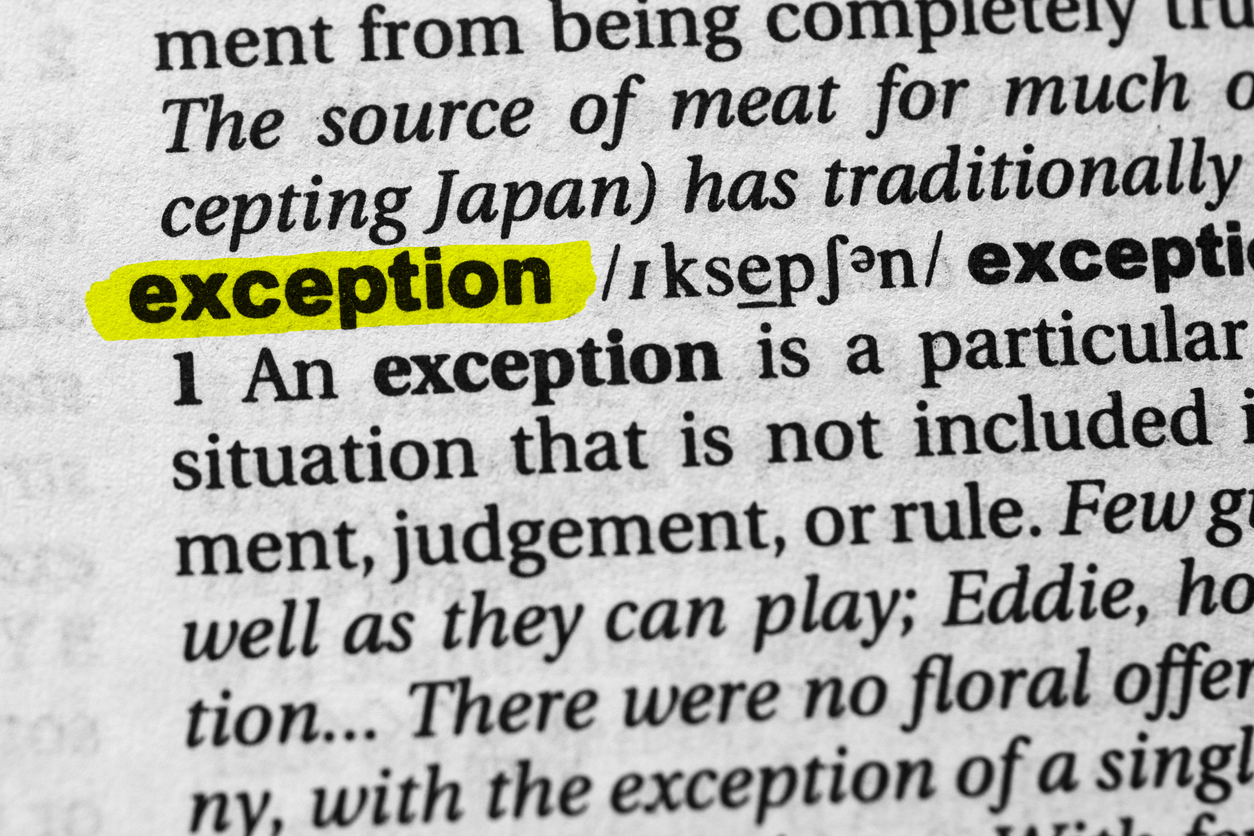Rules of the Road, written by Rick Friedman and Patrick Malone, is a must-read for a plaintiff attorney. It serves as a step-by-step guide and rules framework to help build a case against a defendant with the highest likelihood of success. As cited previously in our Merlin Law Blog: “At its most basic level, the Rules of the Road is a technique used to educate first the trial lawyer, and then the judge and the jury, about the basic principles of the case that require the dispute to be resolved based on obligations the defendant has violated and for which it should be held accountable.” This book is particularly helpful in formulating rules to structure clear arguments by the plaintiff’s attorney, which makes it easier for a judge and jury to understand.
Specifically, chapter five of the Rules of the Road explores the distinction between principles and rules. Although the terms are often used interchangeably, this chapter of the book explains how different they really are and how important it is to understand how they function, especially as part of a plaintiff’s case.
Principles are not rules. Rules should be derived from principles. Principles are statements about what “can” or “could” happen in the event of an action or omission by a liable defendant. Rules are statements that directly state what a defendant “should” or “should not” do.
As quoted by the author, “Principles can be important starting points for questioning witnesses and formulating rules.” Principles help break down the fundamental assumptions about a certain issue, which may be an essential and foundational element of one’s case. Principles help a plaintiff’s attorney walk through these issues by showing what “could” or “could not” be done but do not directly or clearly require or prohibit action. Principles alone are not enough. The author states, “The problem with principles is that they can float in the atmosphere of a case without stinging the defendant directly.” Whereas “Rules are squarely aimed at the defendant and leave no ambiguity about what the defendant is required to do (or refrain from doing).”
In every case, there is a basic statement of principle to follow, and although other principles may be derived from that main principle, if you can’t make that fundamental statement of principle, you likely have no case. The author shows this by using the following fill-in-the-blank example for a principle that underlies many personal injury cases: “ is dangerous unless basic safety rules are followed.”
This is an example of a principle that acts as a starting point for an attorney’s thinking about the Rules of the Road in their case. If the fill-in-the-blank is not a dangerous activity where the defendant will be held liable, the case will ultimately fail.
The essential steps of formulating principles to create rules are often skipped by attorneys. This elementary procedure can help a jury better understand the case by starting with a simple principle and then using the Rules of the Road step-by-step process to create a more case-specific rule.
The author demonstrates this process by starting with a principle of informed consent regarding medical care:
“Doctors are trained and take an oath to always put the patient’s interest ahead of their own.”
Then, the author applies the principle in creating a general rule:
“When informing the patient about alternative ways to proceed, the doctor should always put the patient’s interest first.”
The author then uses modern literature to help prove the general principle cited previously:
“The more experience a surgeon has in performing a particular procedure, the better the chance of a good outcome.”
The author shows that at this point, it is the perfect time to add the facts specific to the plaintiff’s case:
“The defendant surgeon had little experience with this procedure, and other surgeons were available who had significantly more experience.”
Finally, the author finishes with the case-specific rule to bring the progression to its climax:
“A surgeon should tell a patient of choices he has that might lead to better outcomes.”
The preceding is a simple yet often overstepped process by which one walks the jury down a path of causal connection between principles and rules directly tied to the facts of the case.

Once you have a working set of principles and rules, the author advises you to first try these rules on the defendant, the defendant’s expert witnesses, and even the defendant’s employees (if such individuals are pertinent). “You will want the defendant to agree with your rules or redefine them in a way the defendant can agree to.” The best part about this approach is that you can refine your principles and rules as you try them, making a better overall process ready for trial if the road goes that far.
This process and method of using principles to formulate rules is especially important for a policyholder’s attorney. While insurance claim litigation is multifaceted, one tactic the defense attempts to do during litigation is to complicate the issues of the case by relying on complexity, confusion, and ambiguity within the policy to successfully defend against a claim. A policyholder’s attorney must do their best to simplify the issues and rules, break them down into smaller pieces for a jury, and present the case in a simple, easy-to-understand format. A policyholder’s attorney must remain vigilant of the defense attorney’s tactics, and the Rules of the Road approach not only allows for the best chance to defeat those tactics but also allows a policyholder’s attorney to stay the course on the path to a successful resolution or verdict.




